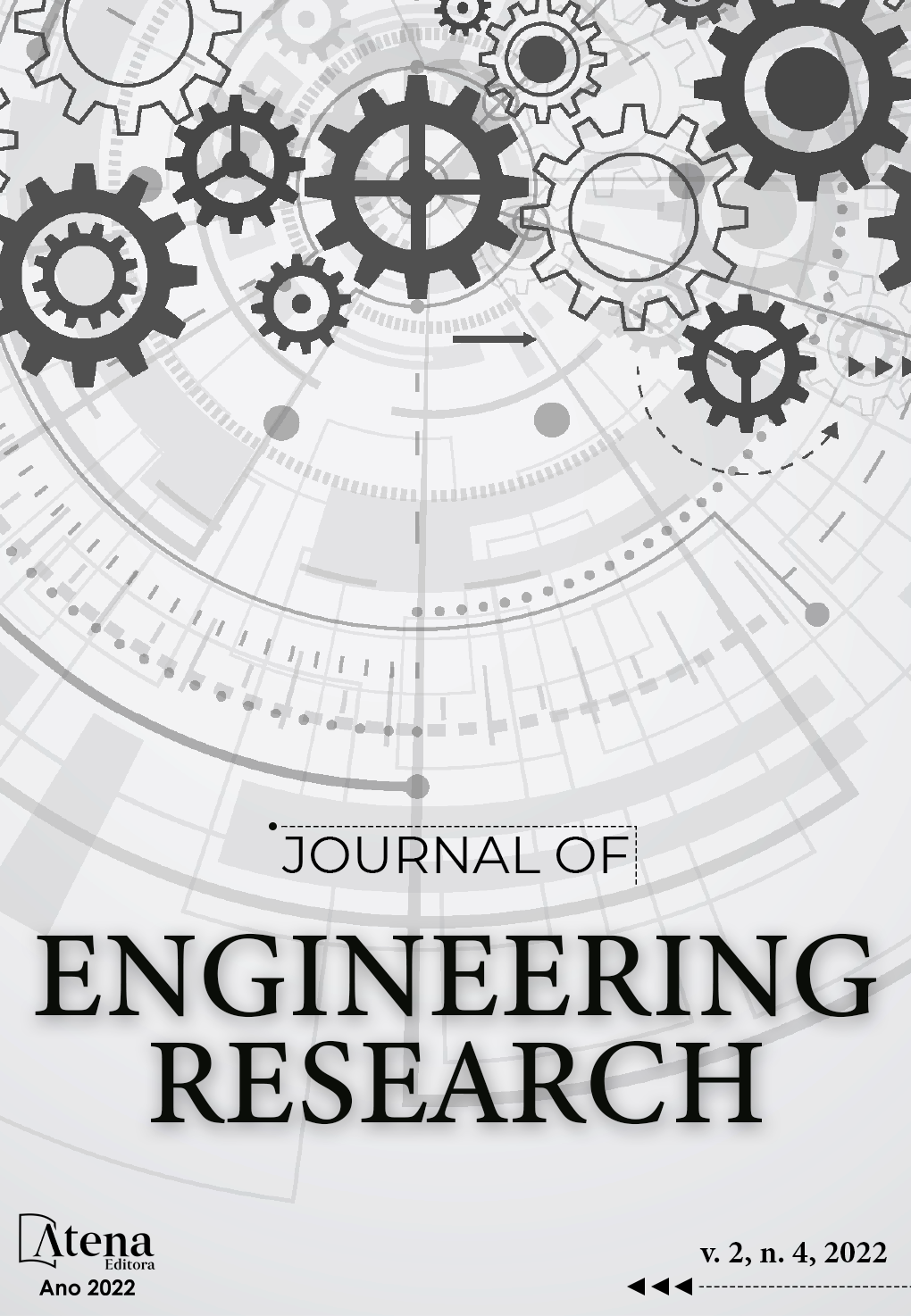
PRODUCTION OF GLASS FROM ORGANIC WASTE OF FOOD
Glass can be classified as a solid and amorphous material, without a fixed melting point, with a defined shape and certain mechanical rigidity at room temperature. Its origin dates back to very ancient times, around 3000 BC, when it was obtained from the accidental burning of sand by the Phoenicians. Since then, many changes in the technological and chemical areas have been carried out, directly affecting the manufacturing process of this material. Nowadays, the importance of obtaining better production results with the least possible environmental impact is evident. Recently, a new method of obtaining glass has emerged as a more sustainable option to the traditional way: its synthesis from organic food waste with a high content of inorganic oxides. The objective of the present research is to evidence if, in fact, such an innovative form of production is possible and applicable. For this, organic tailings were collected in food stores in the city of Limeira (interior of São Paulo, Brazil), which went through a cleaning, drying and calcination process, followed by characterization of the ashes, formulation of a vitreous mass according to the type of glass of interest and, finally, the sintering of the material. At the end of all the steps, it was found that it is possible to produce glass from organic food waste, but that the yield of calcination of the waste, in certain cases, differs from the scientific literature and, as it is very small, it may represent a bottleneck in the process as a whole. In the future, it is possible to conduct further research and studies in order to further improve the form of production in question, improving it to ensure positive progress from an economic and environmental point of view.
PRODUCTION OF GLASS FROM ORGANIC WASTE OF FOOD
-
DOI: 10.22533/at.ed.317242203034
-
Palavras-chave: Glass; production; chemistry; sustainability; innovation.
-
Keywords: Glass; production; chemistry; sustainability; innovation.
-
Abstract:
Glass can be classified as a solid and amorphous material, without a fixed melting point, with a defined shape and certain mechanical rigidity at room temperature. Its origin dates back to very ancient times, around 3000 BC, when it was obtained from the accidental burning of sand by the Phoenicians. Since then, many changes in the technological and chemical areas have been carried out, directly affecting the manufacturing process of this material. Nowadays, the importance of obtaining better production results with the least possible environmental impact is evident. Recently, a new method of obtaining glass has emerged as a more sustainable option to the traditional way: its synthesis from organic food waste with a high content of inorganic oxides. The objective of the present research is to evidence if, in fact, such an innovative form of production is possible and applicable. For this, organic tailings were collected in food stores in the city of Limeira (interior of São Paulo, Brazil), which went through a cleaning, drying and calcination process, followed by characterization of the ashes, formulation of a vitreous mass according to the type of glass of interest and, finally, the sintering of the material. At the end of all the steps, it was found that it is possible to produce glass from organic food waste, but that the yield of calcination of the waste, in certain cases, differs from the scientific literature and, as it is very small, it may represent a bottleneck in the process as a whole. In the future, it is possible to conduct further research and studies in order to further improve the form of production in question, improving it to ensure positive progress from an economic and environmental point of view.
-
Número de páginas: 15
- Eliria M. J. A. Pallone
- Julieta Adriana Ferreira
- Lucas Armando Vicente


